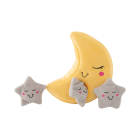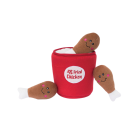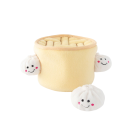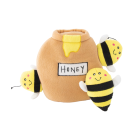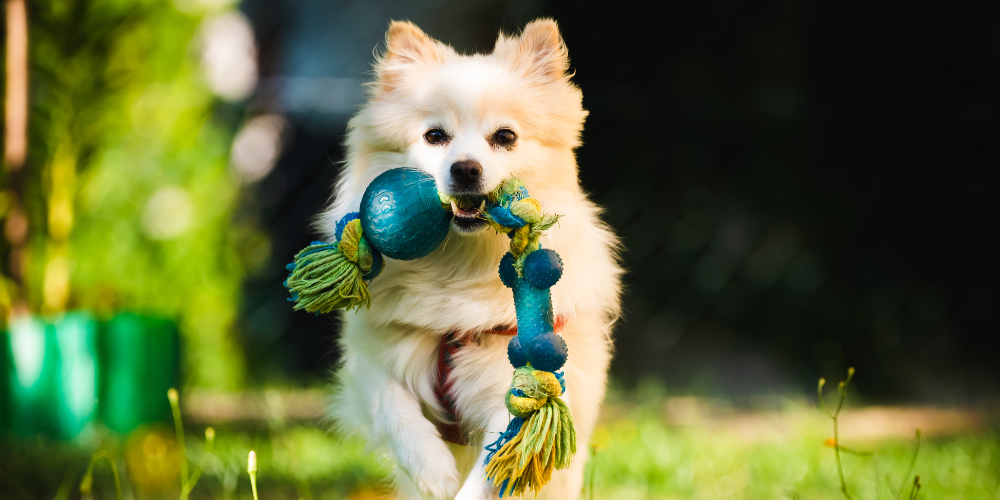
A dog's wagging tail at the sight of a new toy isn't just about fun—it's a window into the canine psyche. Dog toys are more than simple playthings; they offer a glimpse into a dog's world, revealing a combination of instincts, preferences, and emotions. Let's embark on this exciting journey into the realm of dog toys and the minds they captivate.
Different Types of Toys and Their Appeal
Dogs, much like us, appreciate variety. Here's a closer look at the allure of different toys:
Squeaky Toys – More than just a fun noise, these toys can activate a dog's inner hunter. Imagine being in the wild and chasing after a small critter. That squeak? It sounds an awful lot like a tiny animal.
Fetch Toys – Tossing a ball or frisbee isn't just physical—it's a bonding moment. The age-old game of fetch isn't just about retrieval; it's about connection, anticipation, and shared joy.
Scrunchy Toys – The mystery of the crinkling noise! To some dogs, it might remind them of small animals rustling in the underbrush or just be a fascinating auditory experience.
Chew Toys – Beyond teething relief, chewing is a primal activity. It's soothing, offers dental benefits, and let's face it—it's just plain satisfying.
Tug Toys – It's a game, a challenge, a test of strength, and an interactive experience rolled into one.
Why Dogs Destroy Their Toys
Ah, the age-old mystery: Why did Fido annihilate his brand-new toy? This may stem from several reasons—primal instincts (imagining the toy as prey), teething (for those young pups), or sometimes, they might just be trying to figure out what's inside!


Safety and Toy Maintenance
It's a universal rule: What goes into a dog's mouth could end up in their stomach. So, while it's a no-brainer that swallowing toy parts is a no-go, vigilant supervision is crucial. And cleanliness? Most toys appreciate a good bath now and then. While many are washing machine friendly, it's wise to let them air dry. Always remember to read labels!
Seeing the World in Color
It's a colorful world, but not quite the same way we see it. Dogs' eyes are tuned to blue and yellow shades. That neon pink toy? To them, it might appear as a muted blue. So, next time you're picking out a toy, maybe go for a vibrant blue or a bright yellow—it's like HD television for dogs!
Emotional Connection with Toys
Ever seen your dog cuddle up with a specific toy or get distressed when one goes missing? This attachment can be quite touching. While it's hard to know exactly what goes on in their minds, it's clear some toys become favorites, providing a source of comfort and joy.
Choosing Toys Based on Size, Breed, and Age
Toys aren't a one-size-fits-all deal:
Small Breeds – Think toys they can proudly parade around.
Large Breeds – Durability is the name of the game.
Puppies – Soft yet robust toys can be comforting during the teething phase.
Senior Dogs – Gentle toys that are easy on the gums but still delightful.
Summary
Dog toys, in all their variety, offer more than entertainment—they're insights into our furry friend's minds. By understanding their preferences, instincts, and emotions, we can make playtime even more enriching. Here's to endless games, happy barks, and wagging tails!
